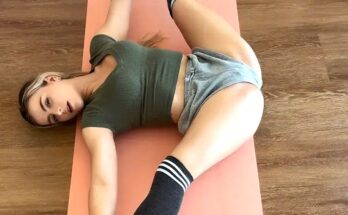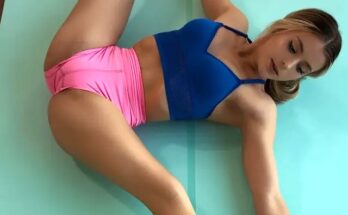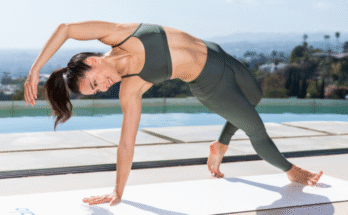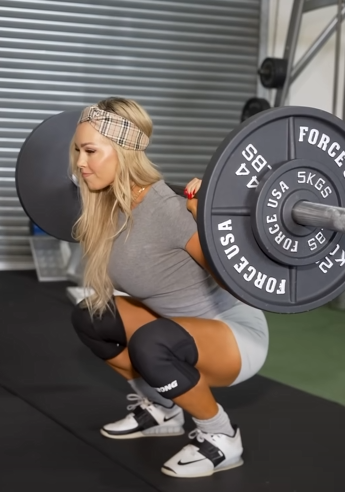
When it comes to building a strong, functional, and aesthetically pleasing lower body, the quads and glutes take center stage. These powerful muscle groups are not only essential for athletic performance and everyday movements but are also key players in injury prevention, posture, and balance. Whether you’re an athlete, a fitness enthusiast, or someone looking to improve your mobility and strength, understanding and training your quads and glutes is crucial.
Anatomy of the Quads and Glutes
Quadriceps
The quadriceps, or “quads,” are a group of four muscles located at the front of the thigh. These include:
- Rectus Femoris – runs down the center of the thigh and is the only quad muscle that crosses both the hip and knee joints.
- Vastus Lateralis – located on the outer thigh.
- Vastus Medialis – found on the inner thigh.
- Vastus Intermedius – lies beneath the rectus femoris.
Together, these muscles work to extend the knee and are essential for movements like walking, running, jumping, and squatting.
Glutes
The glutes, or gluteal muscles, are made up of three primary muscles located in the buttocks:
- Gluteus Maximus – the largest and most powerful of the three, responsible for hip extension, outward rotation, and overall shape of the buttocks.
- Gluteus Medius – located on the outer surface of the pelvis, important for hip abduction and stability.
- Gluteus Minimus – the smallest glute muscle, lying beneath the medius, also helps with hip stabilization.
These muscles work together to power movements like climbing stairs, standing up from a seated position, and maintaining balance during walking and running.
Glutes
The glutes, or gluteal muscles, are made up of three primary muscles located in the buttocks:
- Gluteus Maximus – the largest and most powerful of the three, responsible for hip extension, outward rotation, and overall shape of the buttocks.
- Gluteus Medius – located on the outer surface of the pelvis, important for hip abduction and stability.
- Gluteus Minimus – the smallest glute muscle, lying beneath the medius, also helps with hip stabilization.
These muscles work together to power movements like climbing stairs, standing up from a seated position, and maintaining balance during walking and runnin

Functions and Importance
Quads
- Knee Extension: The quads are the primary muscles used to straighten the leg at the knee joint.
- Shock Absorption: They help absorb impact forces during activities like running and jumping.
- Mobility: Strong quads support functional movements and mobility, especially in daily activities like sitting, standing, and walking.
Glutes
- Hip Extension: The glutes play a key role in extending the hip, crucial for movements such as rising from a squat or propelling forward during a run.
- Posture and Alignment: They contribute to a strong, aligned pelvis and spine.
- Injury Prevention: Weak glutes are linked to injuries in the lower back, hips, knees, and ankles due to improper movement mechanics.
Training Quads and Glutes
Strengthening these muscle groups requires a mix of compound and isolation exercises, proper form, and consistent training. Below are effective exercises for each group.
Best Exercises for Quads
- Squats – A fundamental lower-body exercise that heavily engages the quads along with the glutes.
- Lunges – Target each leg individually and help improve balance and coordination.
- Leg Press – Machine-based exercise that allows heavy loading for quad development.
- Step-Ups – Mimic everyday movement while effectively targeting the quads.
- Leg Extensions – Isolation movement focusing solely on the quadriceps.
Best Exercises for Glutes
- Hip Thrusts – Excellent for activating the gluteus maximus.
- Glute Bridges – A simpler variation of the hip thrust, great for beginners.
- Deadlifts – Engage the glutes, hamstrings, and lower back for overall posterior chain strength.
- Bulgarian Split Squats – A challenging single-leg exercise that works both glutes and quads.
- Cable Kickbacks – Isolation move that targets the gluteus maximus.
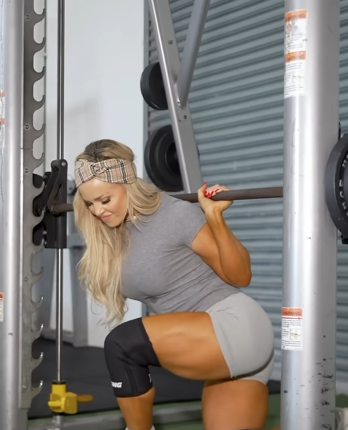
Combining Quads and Glutes in Workouts
Some of the most effective lower-body exercises target both the quads and glutes simultaneously. For example:
- Squats: Depth and foot placement can shift emphasis more toward glutes or quads.
- Lunges: Varying the angle and stride length can prioritize different muscle groups.
- Step-Ups: Step height and technique can engage both glutes and quads.
A balanced leg workout could include a mix of these compound movements along with a few isolation exercises for optimal results.
Stretching and Recovery
Just as important as strength training is recovery and flexibility. Stretching the quads and glutes improves range of motion and reduces the risk of injury.
Quad Stretches
- Standing Quad Stretch
- Kneeling Hip Flexor Stretch
- Foam Rolling the Front Thigh
Glute Stretches
- Seated Figure-Four Stretch
- Pigeon Pose
- Foam Rolling the Glutes
Incorporating dynamic stretches before workouts and static stretches afterward can significantly enhance performance and prevent tightness.
Nutrition and Growth
To see results in your quad and glute training, nutrition is key.
- Protein: Essential for muscle repair and growth. Sources include lean meats, fish, dairy, legumes, and plant-based alternatives.
- Carbohydrates: Fuel workouts and aid recovery.
- Healthy Fats: Support hormonal balance and overall health.
- Hydration: Keeps muscles functioning optimally and aids in nutrient delivery.
Don’t forget rest. Muscles grow during recovery, not while you’re training them. Aim for 7-9 hours of quality sleep and take at least one rest day between intense leg sessions.
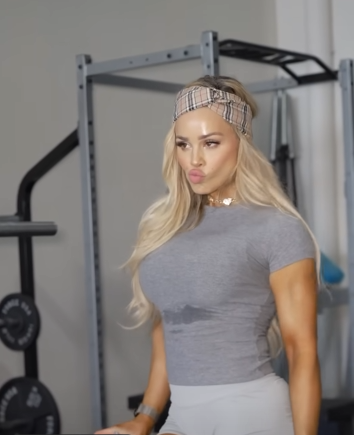
Common Mistakes in Training
- Neglecting Warm-Up: Always warm up to prepare muscles and joints.
- Poor Form: Incorrect technique can lead to injury and reduced effectiveness.
- Ignoring Glutes: Many people focus on quads and overlook glute training.
- Overtraining: Not allowing enough recovery can hinder progress.
- Not Varying Exercises: The body adapts, so variety is crucial for continual gains.
Quads and Glutes for Everyday Functionality
You don’t need to be a bodybuilder or athlete to benefit from strong quads and glutes. These muscles support basic movements and play a huge role in independence as we age. Tasks like walking upstairs, picking up objects, or standing from a chair are easier and safer when these muscles are strong.
Additionally, well-developed glutes and quads contribute to better posture, spinal health, and even confidence in appearance.
Final Thoughts
The quads and glutes are powerhouse muscles that deserve attention in any fitness routine. They are central to lower-body strength, movement, and aesthetics. With the right mix of targeted exercises, recovery practices, and supportive nutrition, anyone can develop stronger, more functional quads and glutes.
Whether you’re working to enhance athletic performance, prevent injury, or simply feel stronger in your daily life, training these muscle groups pays off in both the short and long term. So lace up your shoes, grab those weights, and give your legs the love they deserve!

